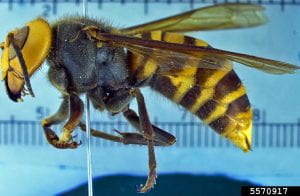Invasive & Nuisance Species
Invasive species are non-native species that can cause harm to the environment, the economy, or human health. Invasives come from all around the world. As international trade increases, so does the rate of invasive species introductions. Invasive species are one of the greatest threats to New York's biodiversity. They cause or contribute to habitat degradation and loss; the loss of native fish, wildlife, and tree species; the loss of recreational opportunities and income; and crop damage and diseases in humans and livestock (From the New York Dept. of Environmental Conservation).
Common examples are the emerald ash borer, Norway maple, and Asian clam. Invasive species are usually spread by humans. Once established, they become increasingly difficult to manage. Early detection of invasives is key to containment and practical management.
Nuisance species may be native or non-native and may cause ecological and economic harm. Common examples are poison ivy and Canada geese.
We provide resources on:
Cornell Pest Management Guidelines for Agricultural Industries
The Pest Management Guidelines (formerly called Cornell Recommends) are publications that provide weed, insect, and disease management information, both chemical and non-chemical, for commercial crop producers, facilities managers, and homeowners.
Contact
Courtney Churchill
Community Horticulture Educator / Master Gardener Coordinator
cmc534@cornell.edu
845-340-3990 ext. 335
Last updated July 3, 2023






